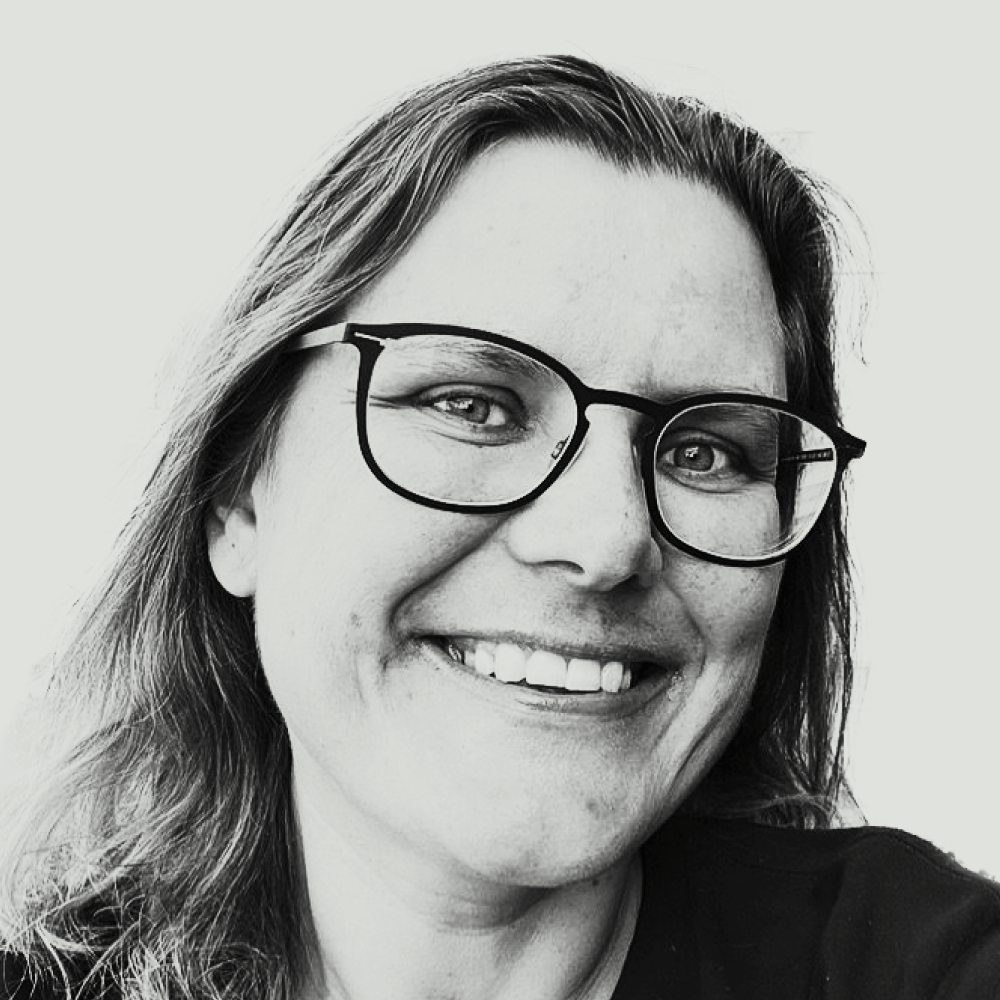For every stage of the 2023 Tour de France – men’s and women’s – José Been is bringing you stories about the history, castles, geology, culture, food, and people around the race. A bit of couleur locale while you enjoy lush fields of sunflowers, beautiful mountains, and pretty little villages, oh, and the bike race too.
Fossils are found along the entire Tour de France Femmes route but today we find a lot along the Lot. Let’s do some geology thanks to Derya Gürer of the GeoTDF project.
The starting point of this stage lies at 125 meters above sea level in Cahors. It’s nestled in a winding meander of the river Lot. There are numerous notable geological sites along the river between Cahors and Rodez. While the riders need to keep their eyes on the road, spectators can enjoy the scenery through the geological lens.
From the lowlands of the Aquitaine Basin and on the winding trail along the meandering river, the route leads through some spectacular geological sites cut into stone. One of these geological sites is the towpath in Bouziès carved into the craggy cliffs.
The cliffs of Bouziès, 55 km into the stage, are made of pale limestones. They were deposited in a marine basin that was once present when dinosaurs and plesiosaurs roamed the lands and seas in Jurassic times. The configuration of lands and seas looked very different back then.
During the Jurassic period the supercontinent Pangaea began to break apart into smaller landmasses. This included Laurasia – which would eventually become North America, Europe, and Asia – and Gondwana which would eventually become South America, Africa, Antarctica, India, and Australia.
The region along the Lot River experienced the tectonic forces following the break-up. This caused intense karstic activity which formed phosphorite in caves that gave rise to the perfect conditions for a fossil “Lagerstätte” or fossil bed. As a result, thousands of fossils are preserved exceptionally well in these rocks along the river.
These rocks and fossils recorded the climatic and environmental conditions for the evolution of life. They are the European reference section for the upper Eocene and Oligocene epochs; from 56 to 23 million years ago. For this reason, the Causses de Quercy along the course is a Geopark today.
In our finish town of Rodez we have a rather impressive cathedral called the Notre Dame de Rodez. Creative name isn’t it? It took three centuries to build the church that was built over an older one from around the turn of the millennium.
The builders started in 1276 but the Plague, and also the 100-Year-War, ravaged the south of France. And big parts of Europe for that matter because millions died. Some estimates even say 30% of the population perished.
After that terrible period the building started again at the end of the 15th century. In 1510, not long after the construction had restarted, there was a huge fire but even that couldn’t stop Bishop François d’Estaing.
In 1531 the church was finally completed. The belltower is 78 meters high and the biggest bell has the name Jacqueline. It would be lovely if we had a Jacqueline in the peloton but sadly, we do not.
What did you think of this story?

